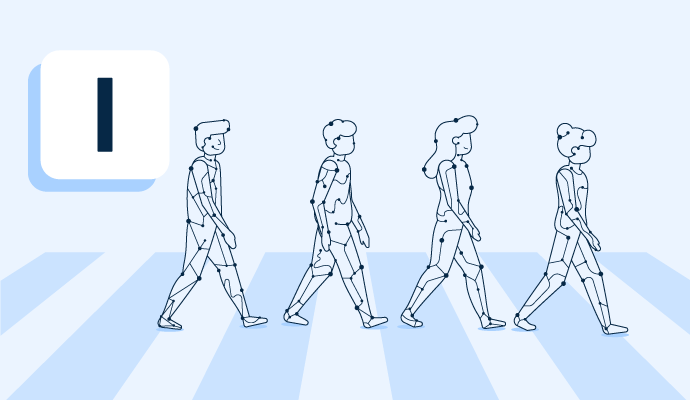What is image recognition?
Image recognition refers to a technology’s ability to identify images, patterns, facial features, or text from images. This is made possible by artificial intelligence (AI), machine learning (ML), and other advanced technologies.
With the use of machine learning, neural networks, and algorithms, image recognition analyzes every aspect of an image and identifies unique or otherwise novel sections of imagery in order to classify them. This is done by parsing through every pixel and the data that each pixel contains. The larger the amount of data analyzed, the more accurate and sophisticated image recognition systems become.
Today, image recognition practices are accessible and common enough for any person or company to take advantage of. By implementing image recognition software, businesses across all industries can use the functionality to their benefit.
Image recognition concerns
Though there are some amazing benefits and technological achievements associated with image recognition, concerns with recognition patterns and behaviors exist.
- Invasion and lack of privacy. Though there are benefits to image classification and features like auto-tagging, many people remain concerned about the privacy implications of the sheer amount of personal information companies can extrapolate from someone’s images on their social network platforms and their phones.
- Inability to discern between real and fake imagery. As artificial imagery and deep fakes increase in popularity and frequency, it’s become difficult for both humans and machines to determine what is real and what is fabricated.
- Lack of sufficient data. Recognition methods are only as good as the data they have. Less data means imprecise classification and a rise in margin of error for detection and recognition.
Image recognition use cases and benefits
Because the different types of image recognition are numerous, so are the use cases and the industries that can take advantage of the technology. Here are just a few common examples.
- Blind, visually impaired, and low-vision individuals benefit from using image recognition online Classification and more advanced artificial intelligence technologies auto-generate alternative text, which helps assistive technology read out web pages and imagery descriptions.
- Healthcare companies use object detection to identify potentially cancerous or dangerous tumors.
- Security companies use advanced home systems can learn to recognize faces and figures, which makes them better able to identify intruders. Some systems also turn off or deactivate after facial scanning.
- Visual search engines take advantage of this recognition and classification to find similar or related imagery. This functionality is very similar to using a search engine to gather related websites and topics for terms and phrases.
- The gaming industry uses object detection for exercise, dancing, and sports games by scanning the environment and tracking a player’s movement. This also comes into play with virtual reality and augmented reality games and devices.
- Social media companies utilize object detection and facial recognition for features like auto-tagging photos. Some social media sites also use alternative text to describe imagery.
- Police departments scan and identify license plates and other forms of identification using image recognition.
Image recognition vs. computer vision vs. machine learning
Image recognition is the technological ability to identify patterns, text, and other features from imagery and video.
Computer vision is a practice within artificial intelligence that lets computers extract information from images. Actions or recommendations for actions are then made from that information.
Machine learning is a field that encompasses all of the abilities that technology and computers can learn and perform. The goal of machine learning is to recreate how humans think and learn.

Whitney Rudeseal Peet
Whitney Rudeseal Peet is a former freelance writer for G2 and a story- and customer-centered writer, marketer, and strategist. She fully leans into the gig-based world, also working as a voice over artist and book editor. Before going freelance full-time, Whitney worked in content and email marketing for Calendly, Salesforce, and Litmus, among others. When she's not at her desk, you can find her reading a good book, listening to Elton John and Linkin Park, enjoying some craft beer, or planning her next trip to London.


















